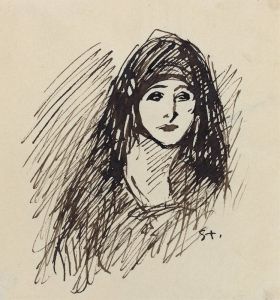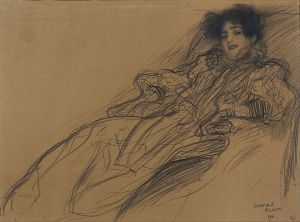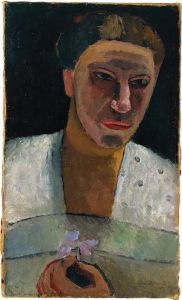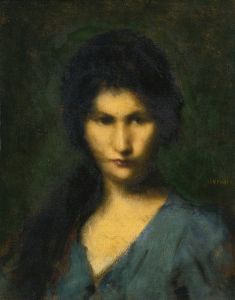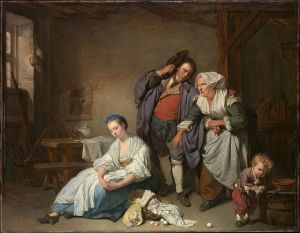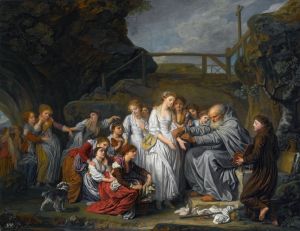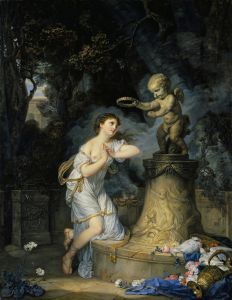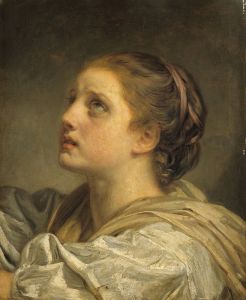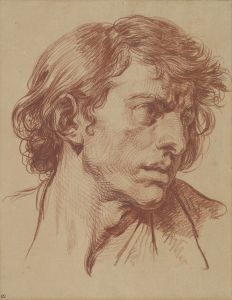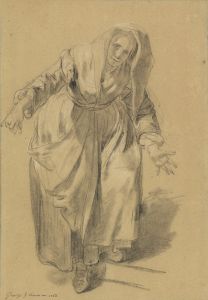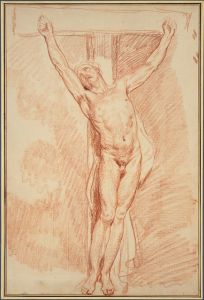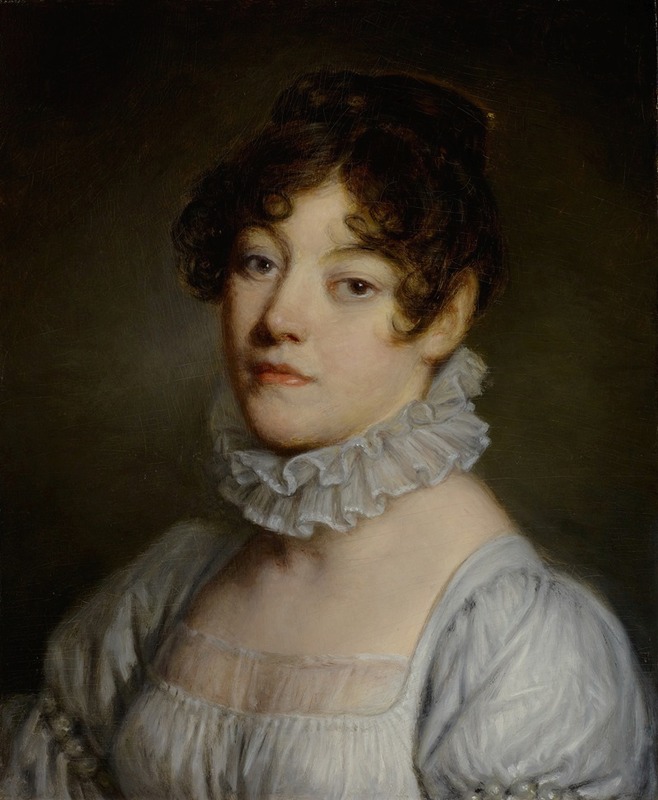
Portrait of a Young Woman
A hand-painted replica of Jean-Baptiste Greuze’s masterpiece Portrait of a Young Woman, meticulously crafted by professional artists to capture the true essence of the original. Each piece is created with museum-quality canvas and rare mineral pigments, carefully painted by experienced artists with delicate brushstrokes and rich, layered colors to perfectly recreate the texture of the original artwork. Unlike machine-printed reproductions, this hand-painted version brings the painting to life, infused with the artist’s emotions and skill in every stroke. Whether for personal collection or home decoration, it instantly elevates the artistic atmosphere of any space.
Jean-Baptiste Greuze was a prominent French painter of the 18th century, known for his genre scenes and portraits that often depicted domestic life and moral themes. One of his notable works is "Portrait of a Young Woman," a painting that exemplifies his skill in capturing the delicate features and expressions of his subjects. This work is a testament to Greuze's ability to blend realism with an emotional depth that was highly appreciated during his time.
"Portrait of a Young Woman" is characterized by its focus on the subject's face, which is rendered with meticulous attention to detail. Greuze's technique involves soft brushwork that highlights the smoothness of the young woman's skin and the subtlety of her expression. The painting captures the innocence and grace of youth, a common theme in Greuze's portraits. The young woman's eyes are particularly striking, conveying a sense of introspection and quiet contemplation. This focus on the emotional state of the subject is a hallmark of Greuze's portraiture, setting his work apart from many of his contemporaries.
The background of the painting is typically understated, ensuring that the viewer's attention remains on the young woman. Greuze often employed a neutral or dark background to create a contrast that emphasizes the luminosity of the subject's face. This technique not only enhances the three-dimensionality of the portrait but also imbues it with a sense of timelessness and universality.
Greuze's work was highly regarded during his lifetime, and he was celebrated for his ability to capture the subtleties of human emotion. His portraits, including "Portrait of a Young Woman," were praised for their lifelike quality and the way they seemed to convey the inner life of the sitter. This approach was in line with the Enlightenment ideals of the time, which emphasized reason, individualism, and a deeper understanding of human nature.
The painting is also reflective of the Rococo style, which was prevalent during the period. While Greuze's work often contained moralistic themes that aligned with the more serious aspects of the Enlightenment, his style retained the elegance and decorative qualities associated with Rococo art. This blend of moral narrative and aesthetic appeal made his work popular among both critics and the public.
"Portrait of a Young Woman" is housed in a collection that appreciates the historical significance of Greuze's work. His paintings are considered important cultural artifacts that provide insight into the social and artistic milieu of 18th-century France. Greuze's influence extended beyond his lifetime, impacting later artists who admired his ability to convey emotion and character through portraiture.
In summary, "Portrait of a Young Woman" by Jean-Baptiste Greuze is a fine example of 18th-century French portraiture. It showcases the artist's skill in rendering human emotion with precision and sensitivity, reflecting the broader cultural and artistic trends of his time. Greuze's work remains a significant part of art history, appreciated for its technical excellence and emotional depth.





